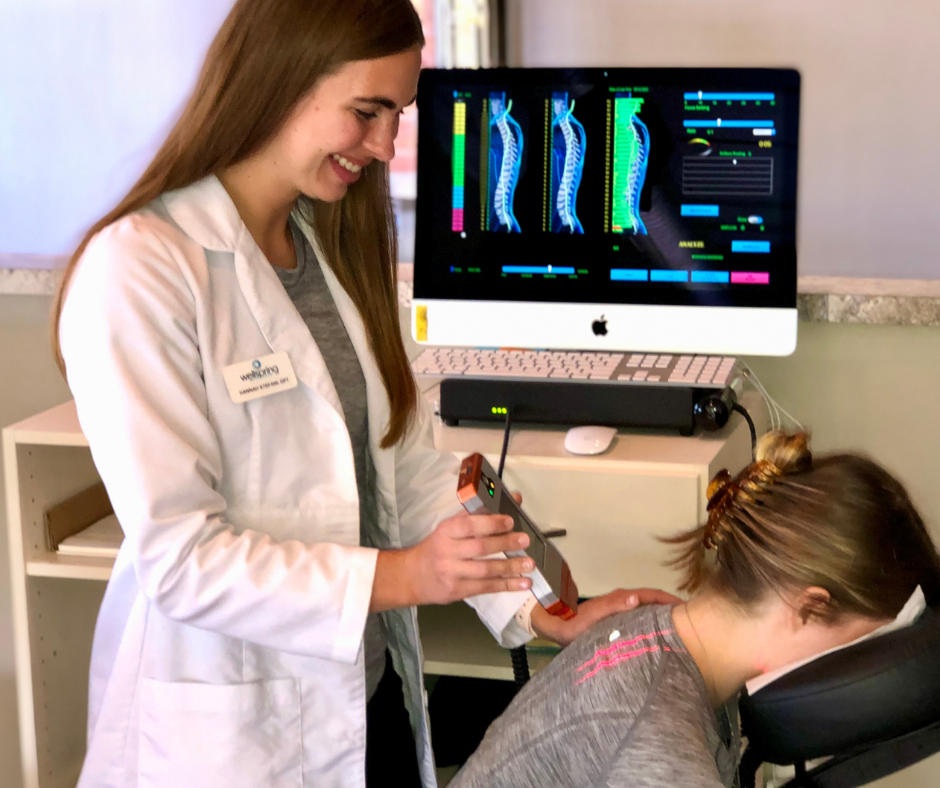Have You Been Living with Herniated Disc Pain?
If you’ve been living with persistent pains, there’s a chance it could be due to a herniated disc. Strange neck pains, back pains, or extremity symptoms can indicate a variety of potential problems – including one or more herniated discs.
It can sometimes be difficult to determine if your pain is due to a herniated disc, and even if it is diagnosed, it can still be difficult to find the correct treatment strategies for your needs. Fortunately, physical therapy can be the solution to many of these frustrations.
Below are some helpful tips from our physical therapy team about herniated discs, their common symptoms, and how physical therapy can help you overcome your distress.
How can physical therapy help with herniated disc treatment?
A herniated disc can cause a lot of stress and discomfort—but there’s no need to panic. Most herniated discs can be treated successfully without surgery. In fact, physical therapy treatments can be instrumental in helping you reduce or even eliminate your herniated disc symptoms. Your physical therapist can recommend special exercises and stretches to build strength in your back or neck, while also relieving tension and nagging pain.
These exercises and stretches will work to counteract any atrophy or weakness you have experienced due to your herniated disc. They can also strengthen your neck and back by lending extra support to these structures and making them less vulnerable to future protrusions. Your physical therapist may also recommend other non-invasive techniques to complement your physical therapy exercises and to help you heal.
How can I tell if I have a herniated disc?
According to The National Institute of Health, “The highest prevalence [of herniated disc cases] is among people aged 30-50 years, with a male to female ratio of 2:1. There is little evidence to suggest that drug treatments are effective in treating herniated discs.”
Herniated discs don’t always cause symptoms, but the symptoms that they do cause can help you troubleshoot the nature of your problem.
The most common symptoms include:
- Symptoms that began after you gained a lot of weight (since obesity is a risk factor for disc problems)
- Symptoms that started shortly after an accident, extreme twisting of the neck or back, or an attempt to lift a heavy object
- An inability to walk more than a few steps without pain
- Pain, tingling, or loss of sensation in a limb (the result of a herniated disc pressing against nerve roots)
- Back pain that seems to grow worse when you sneeze, cough, stand up or sit down
- Neck pain (if it’s a cervical disc)
If your symptoms seem to be soothed by massage, heat, or cold, you’re more likely to have a strained muscle or tendon than a herniated disc.
Ultimately, the most accurate way to confirm a herniated disc is through medical imaging. X-rays can reveal not only the abnormal shape of a herniated disc, but also whether the herniation is pinching a nerve.
Herniated discs, defined
“Herniated discs,” “slipped discs,” and “ruptured discs” are all different ways of describing the same physical condition.
Your spinal discs are composed of tissues that lie between the vertebrae. These discs consist of a fluid-filled center called the nucleus pulposus encased in an outer structure called the annulus fibrosus. This arrangement allows the discs to be both spongy and tough enough to absorb outside shocks.
Unfortunately, there are limits to the exterior of these shock-absorbing discs. Sometimes the disc will lose its hydration over time, causing the nucleus pulposus to shrink. This causes to disc to lose its height, thus stressing the spinal joints, and causing the disc to bulge outward.
Eventually, these changes can cause part of the annulus fibrosus to balloon and split open, resulting in a herniated disc. Herniated discs can also occur suddenly, due to an auto accident, workplace accident, or sports injury that places trauma on the spine.
Get started on the first steps of your treatment plan today!
Are you looking to learn more about herniated discs and get the answers you’ve been seeking for your neck or back needs?
Please contact Wellspring Health Center today to schedule a consultation and get started on the first steps toward relief!
Sources:
- https://www.spineuniverse.com/conditions/herniated-disc/physical-therapy-herniated-discs
- https://www.mayoclinic.org/diseases-conditions/herniated-disk/diagnosis-treatment/drc-20354101
- https://www.healthline.com/health/herniated-disk#causes
- https://www.webmd.com/pain-management/do-i-have-a-herniated-disk#1
- https://www.choosept.com/symptomsconditionsdetail.aspx?cid=79ef56df-780e-4ad0-963f-94364404125a
Tags: Natural Pain Relief, Natural Treatment, Opioids, physical therapy, physical activity, Back Pain, Aches and Pains, chronic pain, Physical Health, Nutrition, physical therapists, Rehabilitation




